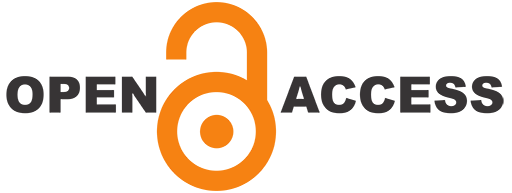




Powdered particles are glued together to create granules, which are big particle entities. This process is known as pharmaceutical granulation. The granulation technique generally prevents segregation and improves the flow property and compaction of the tablet dosage form. In the pharmaceutical industry; employing agglomeration or granulation techniques creates dust dust-free environment and enhances the material's ultimate utility. Pharmaceutical granules are made by mainly two methods wet granulation and dry granulation. Recent and modern techniques are used in both methods to make the production of qualitatively high and effective granules in pharmaceutical industries. Additives or excipients are chemically and physiologically inert, stable, and compatible with active pharmaceutical ingredients and are essential for the preparation of granules. Mostly the use of diluents, binding agents (for the wet granulation method), disintegrants, lubricants, and glidants are preferred for the formation of granules. This review article gives fundamental and descriptive knowledge about the conventional technique used in the preparations of granules as well as explains advanced granulation technology such as wet granulation (reverse, steam, moist, thermal adhesion, melt, freeze, foam) and pneumatic dry granulation technology. The article also provides an overview of evaluation parameters for granules. Granules are evaluated by their morphological characteristics and other parameters like density, porosity, moisture content, friability, and flow property of granules. Moreover, these techniques are used in industries for large-scale production of solid dosage forms.